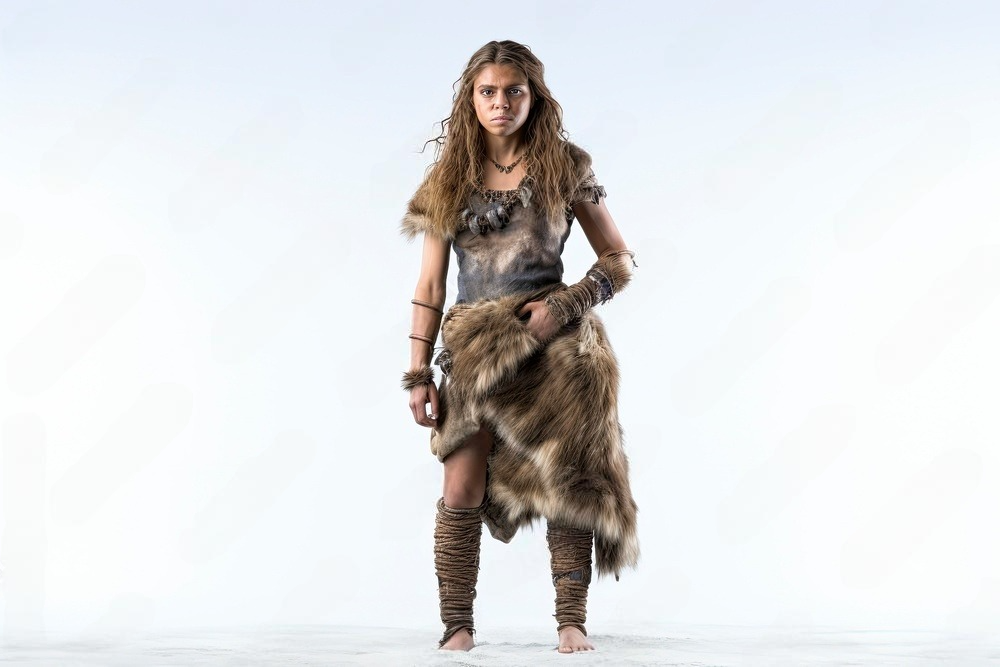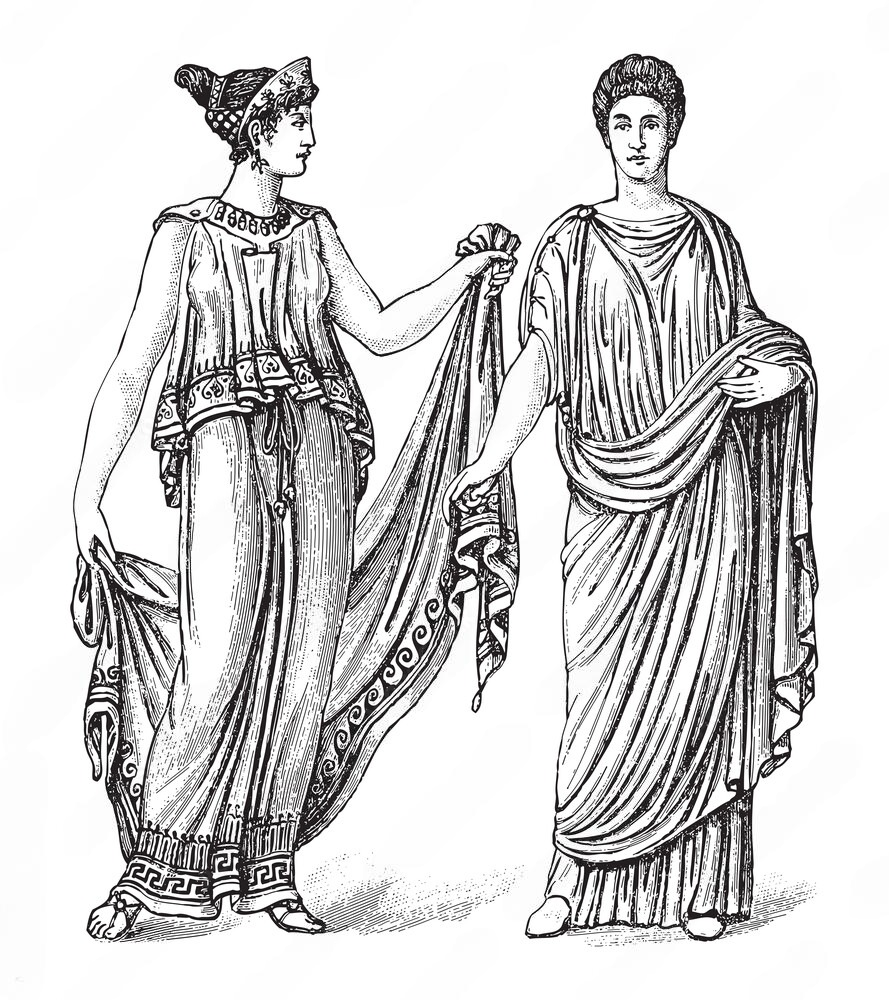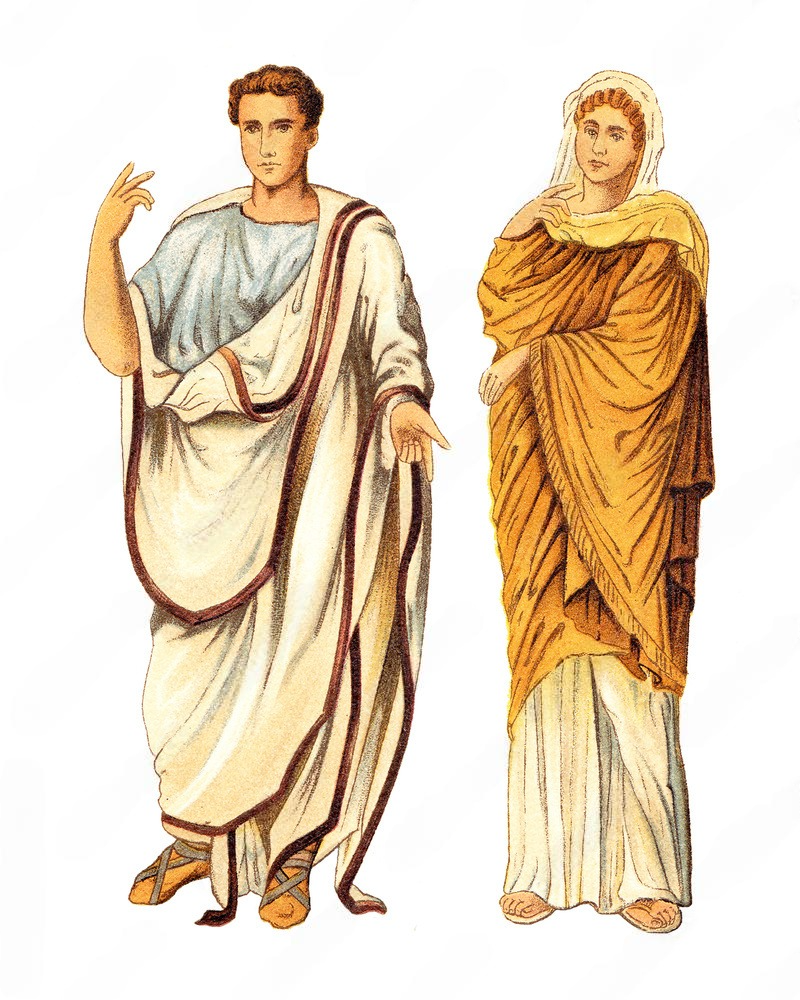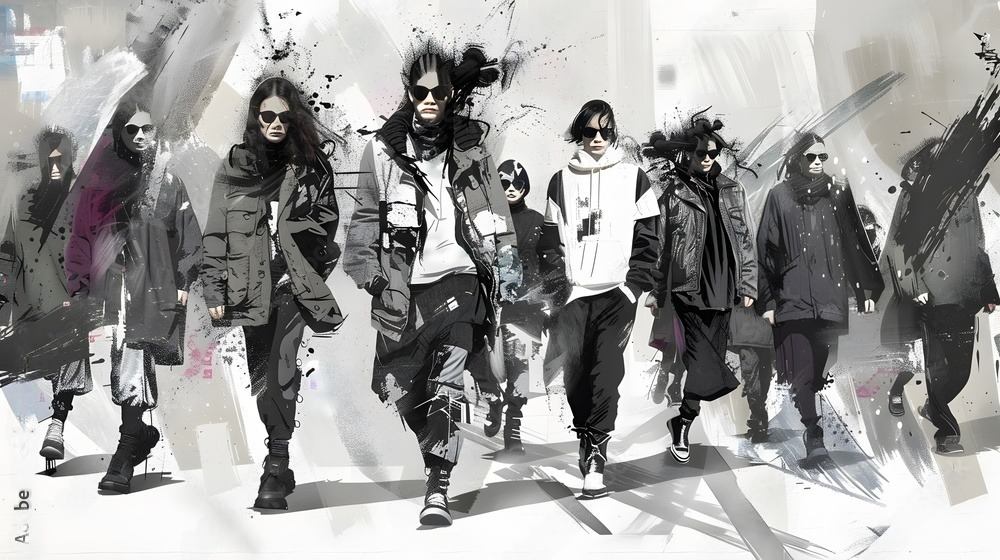The first article I am about to write is “Revolutionary fashion history timeline in Style”.
“Fashion” is a seven-letter word that has been traveling for thousands of years and woven the threads of time so elegantly. This seven-letter word holds the power of unleashing the revolutionary fashion history timeline in style and curating a golden manuscript. Fashion is such a word that has no absolute period, nation, race, culture, generation, ethnicity, or class. Rather every one of them is influenced by fashion in one way or another. But what is this fashion? What is the specialty of this?
Well, “Fashion” is you. Who you are and what your roots are is what fashion means. It cannot be defined as of the book. It’s not just about putting on clothes or dressing up in good and popular styles. It also includes one’s behavior, conduct, mannerisms, way of living, and culture. As Coco Chanel said-
“I don’t do fashion; I am fashion”.
So, do not allow yourself to be intimidated by dresses. Let your true self come out in whatever choice you make concerning dressing codes.
Table of Contents
Threads Through Time: Decoding the Revolutionary Fashion History Timeline in Style
Now, the question is, has fashion ever remained the same over the years? No, it hasn’t. There has been a sea of change in fashion history. It has grown into its present refined and modern versions. It would be interesting to see what used to be available earlier when one goes back in time. Now, let the revolutionary fashion history timeline begin in style from the ancient times, when it was considered a necessity, to the modern age where fashion is used as a tool to assert one’s personality. Fashion through the ages has been changing and turning over from nation to nation, culture to culture, and person to person. It’s something dynamic, not static, and we will take a fascinating read of the fashion history journey.
Decoding the Fashion of Early Humanity: Prehistoric Era
Think of a world without fashion runways—Instagram, a world without influencers with high-end boutiques, a world where early humans had to navigate through their existence not only by mere survival instincts but by the art of clothing. We will take you through an explorative look at the prehistoric era—the detailed, elaborate tapestry of early human fashion—deciphering the revolution of history in a fashion timeline style consisting of threads that connected the practicality and symbolism to our ancestors.

Paleolithic Wardrobe: Necessity and Ingenuity
The Paleolithic era, or otherwise known as the Stone Age, spans from about 2.6 million years ago to around 10,000 BCE. In the span of this time, human beings developed shocking adaptability, particularly in terms of their wardrobes.
Animal Hides and Fur
In the Paleolithic era, fashion illustrated a raw expression of necessity and ingenuity. Our ancestors lived in harmony with nature and turned to animal hides and fur for their apparel. These were not mere clothing but a display of humanity’s ingenuity to live and survive in the most unyielding environments. Bone needles served as stitches that sewed the fabric of survival together. Each garment represented a composition of ingenuity, a tailored response to the challenges of ages gone by.
Earth Tones and Natural Hues
The Paleolithic color palette was a representation of the natural world. Earth tones and olive greens, and muted browns dominated the clothing, obtained from the surroundings that provided these early humans with inspiration; nature’s hues extracted from plants and minerals adorned the garments of the Paleolithic to create a monotone yet harmonious ensemble. This is where style meets survival in the most primal sense.
Mesolithic Wardrobe: Beyond the Surface
The Mesolithic period, acting as a bridge from the Paleolithic into the Neolithic ages, was of paramount importance to human history. It heralded significant changes in tool technology, social structures, and clothing around approximately 10,000 BCE to 8,000 BCE.
Skins, Textiles, and Adornments
In this period, there was a continuation of the use of animal hides for clothing and experimentation with textiles from plant fibers such as flax and nettles. These fibrous plants allowed the production of lighter and more finely woven cloth than the heavy hides of the Paleolithic. As tools such as finer bone needles became more developed, the tailoring techniques of Mesolithic peoples improved. This created complicated garments using individually tailored patterns that were primarily utilitarian but increasingly acquired a decorative purpose.
Mesolithic Color Palette: Nature’s Hues
During the Mesolithic period, the color palette reflected the surrounding environment. Earthy tones are very much in dominance, meaning tones of browns, greens, and ochres are central. In Mesolithic communities, people used to get natural dyes from plants to equip their cloth coverings with these hues, thus conciliating fashion into nature in a blend. The result was a root-ridden solution of reconciliation. This ancient period was not short of style and ingenuity.
Neolithic Wardrobe: Craftsmanship and Innovation
The Neolithic period was a pivotal time in human history—roughly 7000 to 17000 B.C.E.—when unprecedented advancement in all spheres transformed society. Of these many innovations, clothing remains as testament to the ingenuity and cleverness of humans.
Flora and Fauna in Fabric
This age was characterized by a phenomenal leap in craftsmanship and innovation, even in the choice of materials for clothing. Animal hides remained a staple, but now the Neolithic people pushed their craft to higher levels by experimenting with newer techniques. Advanced tanning methods offered softer, more pliable leather, which would enable them to produce fitted garments, showing not only the sense of form but the other aspect of it, that is function.
Apart from hides, the strength of plants was also keenly valued in the making of textiles by Neolithic people. The onset of woven cloth from plant fibers may have been a breakthrough because it added a host of textures and patterns to clothing. An important development in the textile repertoire of the Neolithic groups was the development of looms, an implement increasing efficiency in weaving together more complex, heavier items.
Adornments and Personal Expression
Neolithic style was not only about dressing the body; it was a manner of self-expression. Adornment took new turns: Complex beadwork, shell jewelry, and bone ornaments were all part of Neolithic dressing. Every piece was symbolic of something amidst the beliefs and values of a nascent society.
Natural Dyes and Symbolic Hues
The Neolithic color scheme followed in the footsteps of its forerunner-the earthen shades of the Mesolithic period- with some subtle differences. Neolithic societies were still reliant on natural dyes, sourcing pigments from the flora and in turn mineral world. A far greater range of pigmentation became available and it is the intenser colors that heralded a culture in transition. The dress worn in this era represented their lives and culture rather than hiding the human body and representing their personality.
The echoes of prehistoric fashion resound still in the 21st century. This is one among the many things that inspire fashion designers to revamp ancient trends in terms of modern clothes. The way it comes full circle undoubtedly shows the timelessness of fashion to our reminders. Unveiling the radical timeline of prehistoric fashion unleashed in the style of early humanity exposes a rich tale of survival, symbolism, and self-expression. There occurred not only the covering of the human body in fabrics, but clothes worn by one’s ancestors—their artefacts of heritage, the by-products of social evolution, and a creative endeavor of humanity.
Unveiling the Elegance of Ancient Civilizations’ Fashion History
Somewhere in the huge tapestry of time, threads of fashion weaving through the fabric of civilizations left a legacy to the diaspora of elegance and cultural significance. From the majestic ancients of Egypt through to the high learning of the Roman toga, fashion through the past is an entrée to the social norms, the artistic expressions, and the level of craft each civilization was at that time. Come and join me in walking through the annals of time while decoding the timeline of the history of fashion, making a try to unveil the timeless grace of the fashion history of ancient civilizations.
The allure of Ancient Egyptian: Attire Fit for Royalty
The Civilization of the Egyptians certainly revolutionized the evolution of fashion. In the Early Dynastic Period, it becomes widely common for ordinary men and women of lower classes, dressing in simple knee-length kilts with neutral hues because of the costly dyes. Preferably light and airy in fabrics, using cotton, linen, or flax, these are usually tied and buckled at the waist with cloth belts or ropes. Meanwhile, for the upper class, Egyptians prefer more colorful and intricate details in their garments. Women’s garments varied a lot within the social classes: an elite woman wore a fitted long, short, or no-sleeved dress; those of lower status were seen with skirts reaching from the region of their waists to their knee level without a top.
In contrast, during the Middle Kingdom Era, the focus was more on long gowns for women with cotton as the material, along with changing hairstyles. The New Kingdom brought styles even more elaborate with women adorning themselves in see-through linen gowns paired along with sashes or capes and matching headpieces and necklaces and earrings that were truly exquisite fashion statements.
The attire of men evolved too as their embroidered kilts reached below the knees while being paired with loose-fitting blouses that were comprised of light fabric such as transparent linen. Nobility and high society further showed a penchant for this by accessorizing it even further with nimbus headgear in conjunction with sandals or slippers.

Symbolism in Every Stitch: Colors and Patterns
Ancient Egyptians had a highly symbolic form of fashion. Colors and designs were interpreted and translated into deeper meanings. White symbolized purity and simplicity, so it was worn as casual wear. In this respect, bright colors like vivid blue, red, and yellow were kept to special wear so that the bright nature of Egyptian life was reflected. Other patterns, such as stripes and chevrons, besides adding visual beauty, had a symbolic meaning whereby stripes represented order and harmony, thus depicting the balance that the Egyptians so desired to strike in their lives.
Adornments Fit for Eternity: Jewelry and Accessories
No fashion is ever complete without a brilliant display of jewelry pieces, and it was “Gold”. The metal “Gold” is the flesh of the gods in designing necklaces, bracelets, earrings, and rings intrinsically worn by the wearer. This brought out not just wealth but a bond with the gods. Wigs, made of human hair or plant fibers, were also popular accessories for people who couldn’t boast a luxurious natural mane. They were not only decorative but also had practical uses: shielding one’s head from the blistering sun.

Ancient Egyptian clothing was pieces of material thrown across a torso, but they were cultural artifacts that were to sew a tapestry of a people who believed that style was an intrinsic part of everyday living. The story we see here, throughout the annals of ancient Egyptian fashion, is one of a people who raised what had been a mere need, like decoration, to the planes of symbolism, artistry, and divine meaning. The costume in ancient Egypt was not a scrap of cloth thrown over the body; it was, actually, a cultural artifact that helped weave the tapestry of a people for whom style was an intrinsic part of everyday life.
Unraveling the Timeless Charm of Ancient Greek Fashion: Attire Fit for the Gods
Take a journey with us back to the land of the cradle of Western civilization, where ancient Greek fashion was more than just garments. It manifested in artistic expression, democratic values, and divine inspiration. Then, let our research on ancient Greek fashion be inundated with draped sophistication and symbolic importance that will not only unravel a revolutionary fashion history timeline in style but also adorn the people of city-states like Athens and Sparta.

The Chiton and the Peplos: Draped Elegance
The chiton and peplos were at the foundation of Greek clothing, a couple of simple but iconic garments that irresistibly captured the very spirit of classical elegance. A simple oblong piece of cloth, fastened at the shoulder, the chiton was great for both men and women. A somewhat longer garment mainly worn by women was the peplos, draped and pinned at the shoulder, always a chic silhouette. The fabric used varied, with wool dominating during the colder seasons and linen in warmer climates. In this garb, simplicity allowed for freedom of movement: a reflection of Greek emphasis on physical prowess and civic engagement.
Colorful Togas and Himations: A Spectrum of Symbolism
Even with the preeminent simple daily wear, more complex forms did develop for other aspects of life. For example, the toga in Ancient Greece was almost not as of an everyday wear as in Ancient Rome but significant in its symbolism during any form of ceremony or in any official happening. “Richly dyed and elegantly draped, they testified to status and civic responsibility”.
In the same manner, the Himation—a large outer garment worn in much the same manner as a long cape or cloak by members of either sex—is no more than a square, or a cylinder, or perhaps even a mere rectangle of cloth thrown over or swathed around an individual and secured in usage by pins, buttons, or brooches. Brightly colored attire was used by the upper class, although these were generally of small borders in the majority; dyed clothes carrying patterns and with weights attached at their hems to stay securely draped over their wearer’s bodies were an expensive proposition and available to the rich only.
Adornments of the Gods: Jewelry and Accessories
Jewelry was an important part of the fashion of Ancient Greece, with various pieces representing wealth, status, and spiritual beliefs. Both men and women wore elaborately designed gold jewelry, including earrings, necklaces, and bracelets. Special occasions saw the wearing of olive wreaths, which symbolized peace and victory, and laurel wreaths that were awarded to winners of athletic games. The basic open-toe sandal design was used in everyday wear, while more elaborate, laced versions were designed for special occasions.
Draping Beauty: Makeup and Grooming
The ancient Greeks also developed beauty through their grooming habits. The emergence of cosmetics sprang from a woman’s preference for natural beauty, accented by the essential features with lift the most natural look of a pale complexion. They believed in concocting their rouge of natural ingredients to just blush their cheeks, while fragrant oils and perfumes were used for both genders.
The simplicity in unveiling a truly revolutionary fashion history timeline, as with the fashion of ancient Greece, accentuates natural human features, baseline influences, and aesthetics—marking yet another evolution in human fashion consciousness. The more one travels through time, in the course of fashion, the more it reveals not only a body invigorated by physical activity and civic participation but also a tapestry of artistry woven through everyday attire.
Timeless Elegance: Exploring the Splendor of Ancient Roman Fashion
Costumes from the Greeks had a definite influence on the fashion of ancient Rome, which had become a manner of demonstrating social status and differentiation. It was colored and rich, dividing social classes. Additionally, fashion materials included silk from China and cotton from India.

Togas and Tunics: Symbols of Citizenship
The toga was considered an article of clothing unique to Ancient Romans, again not simply a garment but a representative of the citizenship of Rome. It had different styles and colors; pure white defined manhood, and magistrates and young boys wore the toga with the border purple. Under the garment, both males and females wore tunics that defined their social rank—senators and other aristocrats donned particular designs to display their class.
Stolas and Pallas: Women’s Elegance
The women’s costume of the Romans was very much similar to that of the Greeks; their counterpart for chiton was “stola“. Then they started wearing several garments one over the other, made of finer materials and intricate ornaments. The female mantle worn by them was called “palla“, which resembled the Greek himation.
Military Influence: Practicality and Symbolism
Some tunics were modeled after Roman military garb, such as the lorica segmentata—a form of segmented armor. Generals and emperors also had the paludamentum, a red-colored cape used to indicate rank.
Footwear and Accessories: From Sandals to Signet Rings
During Ancient Rome, the common footwear was leather sandals. Both men and women wore them. There were sandal styles that could tell the wearer’s rank; there were those that only senators could wear. Additional accessories were also important; signet rings were frequently donned by men in dressing for purposes of sealing documents, while a ring and an ornamental hand fan appeared in many a woman’s costume where style and utility intertwined. The ancient Roman mode goes back in memory to the class and elegance of their way of life and tangibly depicts the art, architecture, and culture that extended well beyond their borders.
Personal Grooming: A Roman Affair
In Ancient Rome, personal grooming was a painstaking exercise. Men and women both took ritual baths using various oils and fragrances. Women used lead-based foundation and kohl to enhance their features; they were lifted to achieve a striking, bold look.
That of ancient Rome, therefore, projects not only sophistication and an aura of allurement in their lifestyle but goes to extends flavor in their art, architecture, and culture that transcends far beyond their borders.
From the history of fashion, we can unearth the mystery of ancient civilizations, not only articles of clothing but also the spirit of cultures, the development of societies, and the genius of the human mind. The history of fashion in each civilization develops in a very unique manner, making a revolutionized timeline for all human expressions in a collective style.
Understanding this root of fashion enhances an appreciation of the art and creativeness in every garment produced. This lays an observation into both societal and technological influences in society and what has driven such advancements in fashion design over the years of history, from the Prehistoric Era to the Middle Ages, into the modern era timeline.




